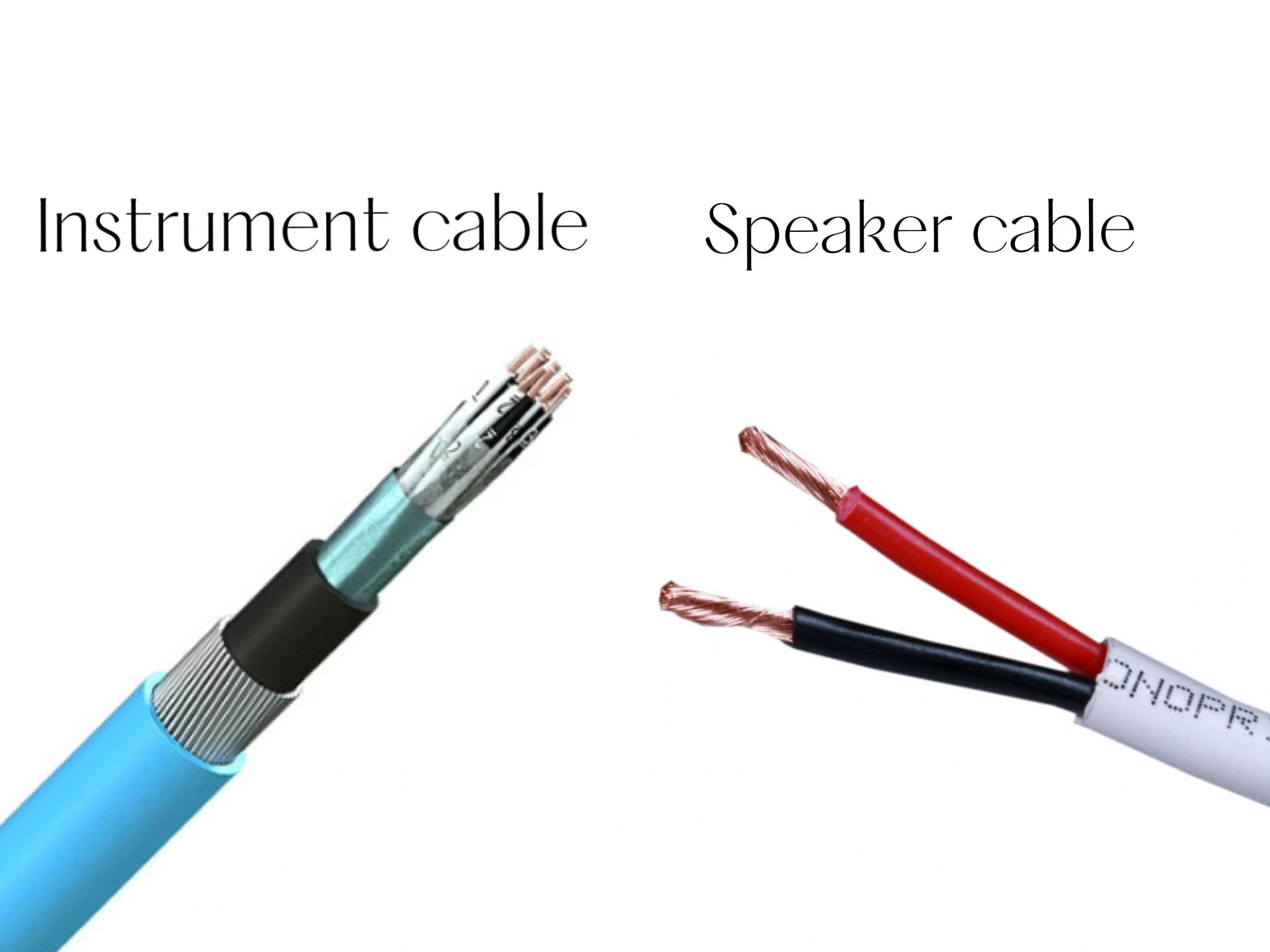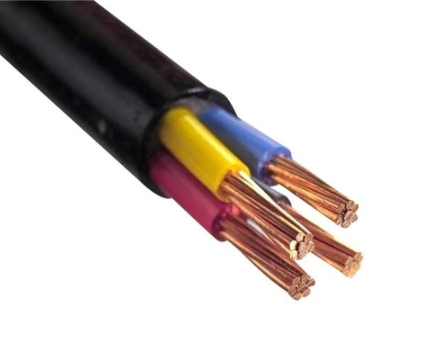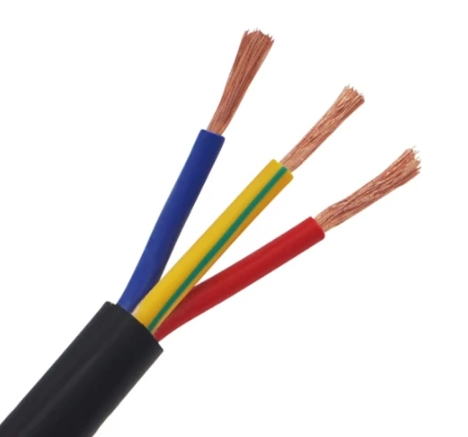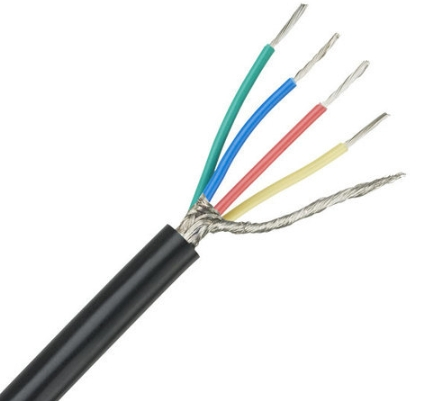When laying cables, there is no shortage of situations where we come across electrical wiring installed outdoors. Direct burial wire is one of the most reliable options available. Unlike regular indoor electrical wiring, underground electrical cable is specifically designed to withstand the harsh conditions of being buried underground.
If you’re planning to install outdoor lighting or garden fountains, for example, direct burial wire ensures that your installation will remain functional and safe for years to come. It is insulated and protected to withstand moisture, chemicals, and extreme temperatures without degradation.
In the following section we will get a comprehensive overview of direct burial wires and what to look for when installing them.
What is a direct burial wire?
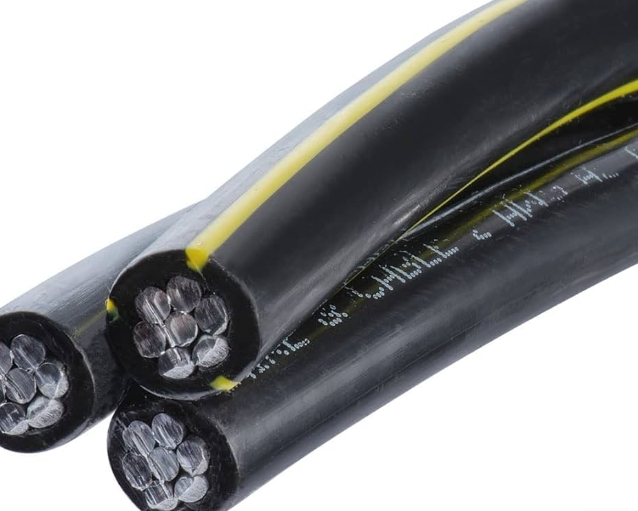
Direct buried cable is a specialized type of wire. It is able to withstand the harsh conditions of being buried underground. This type of cable is encased in a layer of thermoplastic that acts as a moisture barrier and protects the wire from the surrounding environment.
The construction of the cable usually consists of multiple layers: an innermost layer of conductors, usually made of copper or aluminum; insulation around each conductor to prevent short-circuiting; and an outer thermoplastic jacket to protect the entire assembly from moisture, soil, and other subterranean elements.
Can you put direct burial wire in conduit?
In some cases, conduit may not be required for direct buried wires, but if additional protection is needed, the cable can be placed in conduit to further protect the electrical system. As a result, direct burial cables can be a reliable option for underground electrical wire installations.
Types of Direct Burial Wire
There are several different categories of direct burial wires, the most common in electrical projects are underground service entrances (USE) and underground feeders (UF).
Underground Service Entrance (USE) Cable
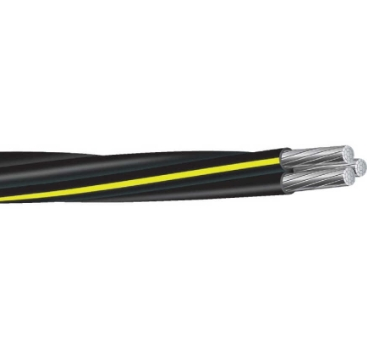
Underground Service Entrance (USE) cables are typically black in color. They have rugged XLPE insulation and annealed soft bare copper conductors that can withstand harsh conditions and are typically maintained and managed by utility professionals.
Application: USE cables are installed to carry power from a utility transformer to each home.
Underground Feeder (UF) Cable
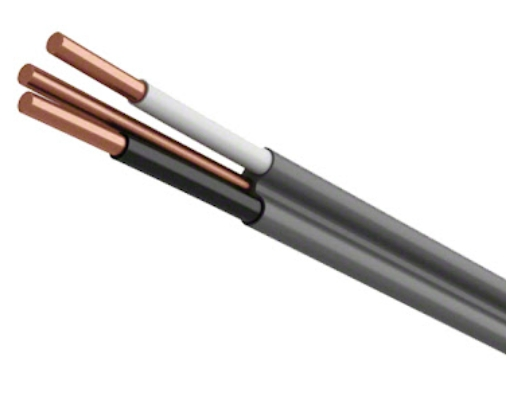
Underground Feeder (UF) Cable features exposed copper conductors and PVC insulation, making it resistant to corrosion, grease, and moisture. Ideal for both indoor and outdoor applications, UF cables are standard for underground installations like garden lighting.
Application: It can power landscape lighting systems efficiently.
In addition to this, what are the other types of cords that are more useful depending on the application?
Copper tracer wire
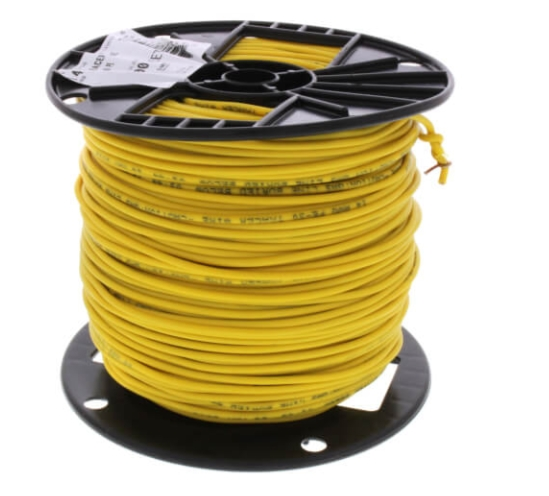
It is insulated with high molecular weight polyethylene, providing waterproof capabilities and excellent abrasion resistance. The durable insulation ensures the wire’s longevity and effectiveness in harsh environments.
Application: It is commonly employed in the utility industry and by companies that manage water, gas, and fiber optic installations, making it an essential tool for ensuring accurate and efficient infrastructure management.
URD CABLE
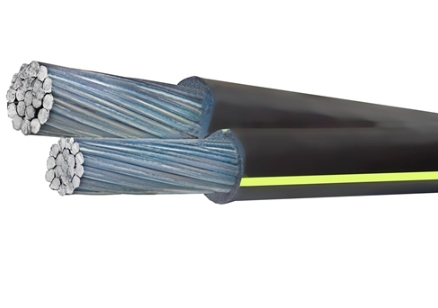
This wire is typically composed of aluminum with XLPE insulation and is available in single, double, triple, and quad core types.
Application: It is commonly used in underground utility systems to support secondary power distribution.
Fiber Optic Direct Burial Cable
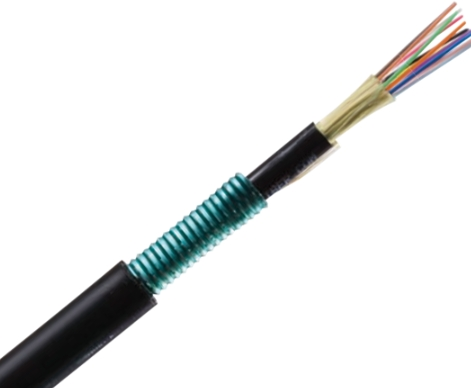
The cable consists of a fiber optic core, which is the primary medium for transmitting optical signals. There is a shielding layer around the cable core. This shielding layer usually consists of materials with high tensile strength, such as steel or aramid fibers, to protect against rodents and mechanical damage. The final layer is a strong outer jacket made of materials such as polyethylene, which protects against UV radiation, chemicals and harsh soil conditions.
Application: Fiber optic direct burial cables are widely used in telecommunications and data networks. They are commonly used to create reliable connections between buildings, over vast geographic areas, and in rural or remote areas where traditional wiring methods are not feasible.
What you need to know when installing direct burial wire
One of the main issues with buried cables is the risk of damage during excavation. To minimize this risk, direct burial cables must comply with many building and electrical codes. That’s why we need to consult with the local building department and the specific requirements of the area in which we are located before we begin any work.
Before starting any excavation project, whether it’s building construction or landscaping, be sure to confirm the location of electrical wire for underground utilities and follow these basic guidelines to avoid problems:
TIPS 1: Proper Depth: Ensure that cables are buried at the depth required by local codes to prevent accidental damage from excavation or other ground disturbance.
TIPS 2:Mark Locations: Use appropriate markers to indicate the path of buried cables to make them easier to avoid during future excavations.
TIPS 3: Protective Conduits: Consider using protective conduits to protect cables from physical damage and environmental factors.
TIPS 4: Notification Services: Utilize local notification services (often referred to as “call before you dig” hotlines) to verify the presence of other utility lines in the vicinity.
Following the key tips and complying with local codes can greatly reduce the risk of damage to direct burial wires and keep a safe and reliable installation.
Also read more complete burial steps: How to bury cable?
How deep does direct burial wire need to be?
There are specific guidelines for determining how deep a direct burial wire needs to be buried depending on the type of wire and conduit being used. For reference, here are three standard direct burial wire depths
Metal conduit offers more flexibility and only needs to be buried six inches into the ground.
If PVC conduit is used, the conduit contains individually insulated wires to a depth of 18 inches. For example, the THWN-2 type of cable
Underground feeder (UF) cables must be buried at least 24 inches underground for safety and protection from ground activity.
By adhering to standardized depth requirements, you can be assured that the electrical wiring is both safe and meets safety standards.
Conclusion
In summary, when planning an underground wiring project, proper installation methods and burial depths protect underground wires while also ensuring the longevity and efficiency of the electrical system. In addition, choosing high-quality underground electrical cables and cable manufacturers minimizes risk and maintenance costs. If you have any questions about cable details, please feel free to visit ZW cable for a consultation or a quote!


